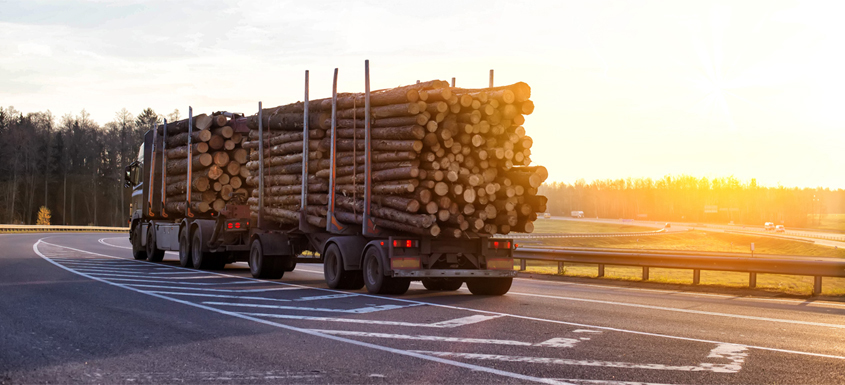By
Cathy Campbell, Executive Advisor, Responsible Distribution Canada
John Corey, President, Freight Management Association
Bob Masterson, President and Chief Executive Officer, Chemistry Industry Association of Canada
Joel Neuheimer, Vice President, International Trade, Transportation, HR, Corporate Secretary, Forest Products Association of Canada
When the COVID pandemic hit Canada back in early 2020, Canadians quickly learned how reliant we are on healthy supply chains to provide us with essential services and products. The senseless and violent events in Ukraine are reinforcing this reality on a global and tragic scale.
Since its earliest days, Canada’s railroads have played a historic role in unifying our country and growing our national economy.
Today, countless sectors vital to Canada’s economic well-being continue to rely on robust and reliable rail infrastructure to get essential products to market. This infrastructure is particularly critical in sectors like agriculture, chemistry, and forestry that operate in more rural and remote parts of the country where rail lines are often among the limited options to transport goods. In the forestry sector for example, 80% of the country’s mills are served by just one railway.
While trucks could never move all the volumes that need to move by rail, the pre-pandemic ongoing truck driver shortage, with 22,990 current vacancies across Canada, has driven up the costs of inadequate rail service exponentially. In some areas of Canada, the cost of trucking has increased by as much as 150% over the last quarter.
There are also GHG reduction benefits to moving more by rail. According to the Railway Association of Canada, a single freight train can remove more than 300 trucks from Canada’s roads; rail can move one tonne of freight 215 kilometres on a single litre of fuel; and shifting just 10 percent of freight from trucks to rail would reduce GHG emissions by close to 3.7 megatonnes of CO2 equivalent—the same as removing some 1.1 million gasoline-powered cars from Canadian roads for a year.
Canada needs a resilient and predictable transportation system to meet increasing global demand for our products, keep workers working, and improve economic conditions in rural and northern communities. Unfortunately, over the past few years, transportation systems in Canada have proven to be fragile, unreliable, and under-performing. This challenges our ability to grow our businesses and is impacting customer relationships and investor confidence in Canada.
Given the importance of this essential service to Canada’s pandemic recovery, we believe that there are three main issues we need urgent action on from our federal government and our railway partners, namely:
1. Building future-ready infrastructure that is robust, reliable, and ready to move products;
2. Ensuring rail service consistency and quality. This includes the need for greater transparency around railway fundamentals and performance (e.g. knowing what locomotives, rail cars, and crews that are online vs offline). In the cases of when there are gaps or challenges, the need to be open about recovery plans and;
3. Retaining and building the labour force of tomorrow to ensure our transportation system is properly staffed.
Canada’s railways have an important and difficult job to do that has been further complicated by a global pandemic, natural disasters, frequent labour disruptions and world events. But there are long standing systemic issues, including poor performance and a lack of competition, that absolutely require solutions now and for the long-term. We remain committed to working in partnership with our railway and other transportation partners and the federal government so we can strengthen and grow economic prospects for Canadian workers and their families. It’s time to get more of our products and Canada’s economy back on the rails.
Source: FPAC













